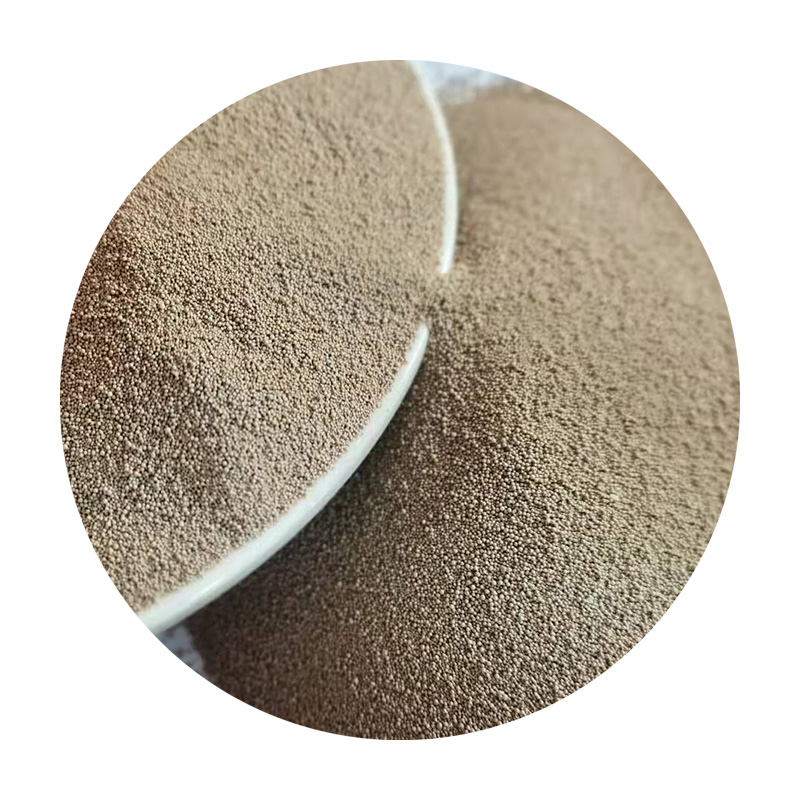Sanding Small 3D Prints A Comprehensive Guide
3D printing has revolutionized the way we create and manufacture objects, allowing for intricate designs and rapid prototyping. However, the quality of the finished products can sometimes be less than ideal, particularly when it comes to surface finish. For those working on small 3D prints, sanding can be an essential step for achieving a smooth and polished final piece. In this article, we will explore the importance of sanding, the techniques involved, and tips for achieving the best results.
Why Sanding is Important
Sanding is a crucial process in the post-processing of 3D printed items, especially when dealing with models that require a visually appealing finish or need to fit well with other components. Most 3D prints exhibit visible layer lines due to the additive nature of the printing process. These layer lines can detract from the overall aesthetics and functionality of the object. Sanding helps to mitigate these imperfections, resulting in a more professional appearance.
Moreover, sanding can enhance the adhesion of paint or other finishes applied to the print. A smoother surface allows for better paint adhesion, leading to a more durable and visually attractive final product. Whether creating models for display, functional parts, or prototypes, proper sanding is crucial for achieving the desired quality.
Sanding Techniques
When sanding small 3D prints, it’s essential to choose the right tools and techniques
. Here’s a step-by-step guide1. Select the Right Sandpaper Start with a coarser grit sandpaper, such as 100-200 grit, to remove larger imperfections and layer lines. Transition to finer grits, like 400 or 800 grit, to smooth the surface further. For ultra-smooth finishes, consider using very fine sandpaper, such as 1500 or 2000 grit.
sanding small 3d prints

2. Use Sanding Blocks or Finger Saviors For small prints, using finger pads or sanding blocks can help apply even pressure and avoid uneven sanding. This is especially useful for flat surfaces. For curved or intricate areas, consider wrapping the sandpaper around a dowel or pencil to maintain control.
3. Sanding Motion Sand in a circular motion or back-and-forth, depending on the surface and shape of the print. Avoid over-sanding in one spot to prevent uneven surfaces. Regularly check your progress to ensure you’re achieving the desired level of smoothness.
4. Dust Removal After sanding, remove the dust created by the sanding process. Use a soft brush or a compressed air canister to clean the model thoroughly before applying any paint or finish.
Tips for Effective Sanding
- Test First Before sanding your final print, practice on a scrap piece of the same material to gauge how it responds to sanding. - Wet Sanding For improved results, consider wet sanding. This technique involves using water to lubricate the sandpaper, which can reduce dust and enhance the smoothness of the finish. - Patience is Key Take your time with the sanding process. Rushing can lead to uneven surfaces and additional work in the long run.
Conclusion
Sanding small 3D prints is an essential step in achieving a polished and professional look. By understanding the importance of this process and employing effective techniques, you can enhance the quality of your prints significantly. Whether you're a hobbyist or a professional, mastering the art of sanding will ensure your 3D prints stand out and meet the highest standards of quality and aesthetics. Happy printing!
Post time:Oct . 16, 2024 05:23
Next:Achieving Excellence in Sand Casting Techniques for Superior Quality Results
